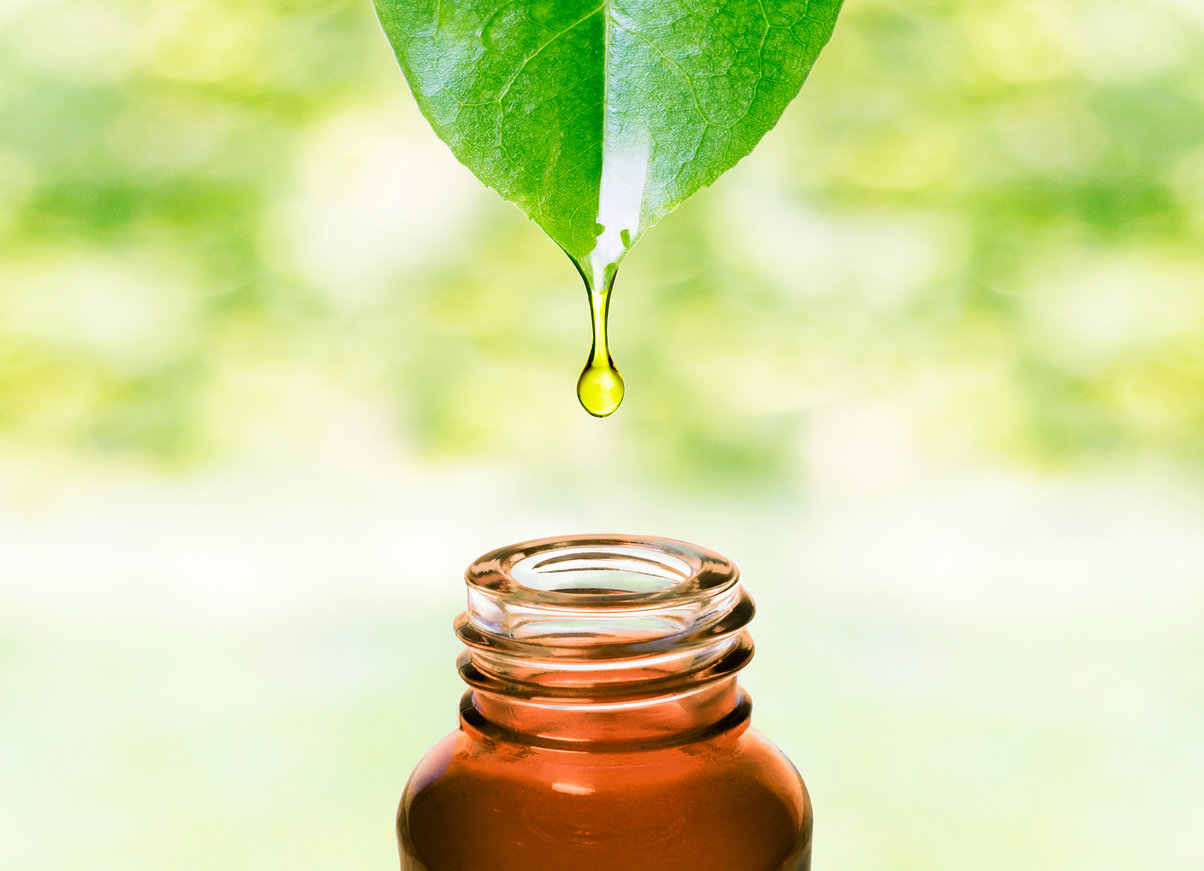Table Of Content

Add compost or other organic matter to the soil, place the tree in the hole, cover it with soil, and water it thoroughly. However, it is important to note that the specific spacing requirements may vary depending on the rootstock and variety of the fruit tree. It is recommended to consult with local nurseries or horticulturists to determine the optimal spacing for the specific dwarf or semi-dwarf fruit tree varieties you plan to grow.
Plants Related to this Article
The ultimate guide to planting your own orchard: 'Getting it right is easy; sadly, so is getting it wrong' - Country Life
The ultimate guide to planting your own orchard: 'Getting it right is easy; sadly, so is getting it wrong'.
Posted: Sun, 07 Mar 2021 08:00:00 GMT [source]
You’ll want to dig the planting hole as deep as the roots are tall, and wide enough that the longest roots don’t need to bend. Loosen the soil on the hole’s sides as well so that the roots can readily expand into new areas. Do you mind putting in extra labor from a cultivation standpoint to grow flavors not found at the store?
Guides and advice
This will also help you understand what region-specific pests and diseases you need to be most aware of. Don't spread fertiliser at the bottom of the hole (it will wash away due to its solubility and the plant will settle further into the hole). Instead mix it into the topsoil and scatter it at the edge of the hole when filling in. Once the hole is filled, water the plant and attach a brace to support and guide its growth.
Access Paths and Walkways
The layout of your homestead orchard will depend on the number and type of trees you want to plant. Consider spacing between trees, row spacing, and accessibility for maintenance and harvesting. A general guideline for tree spacing is feet apart depending on the size of the tree at maturity. The recommended spacing for fruit trees depends on various factors, including the type of tree, its growth habit, and the desired orchard management practices.
If it is too deep, the tree may shrivel up for no apparent reason within 5 to 10 years (especially on thick soils). On light sandy loam soils (especially in the south), it is best to “hide” the root neck portion from the upper dry layer by burying it 3 to 4 inches (8 to 10 cm) in the soil. For seedlings that form adventitious roots or shoots (figs, currants, plums, apple trees), immersion does not affect the normal development of the tree. Seedlings of these crops rapidly re-establish their root system, more often than not on insufficiently moist soil.
What People Are Saying
How To Unlock The Green House In Coral Island - TheGamer
How To Unlock The Green House In Coral Island.
Posted: Wed, 03 Jan 2024 08:00:00 GMT [source]
There’s no absolute minimum for how many fruit trees constitute an orchard, but five is the generally accepted lower limit. Five fruit trees may seem like a lot to pack into a small space, but with a little creativity it can work. The key to success is to choose the right varieties, provide proper care, and always be vigilant about maintenance. By following these tips, you can enjoy a bountiful harvest of delicious, homegrown fruits for years to come.
Soil depth
In the Guide, look at the difference between a tree that occupies 36 ft2 (6 ft. × 6 ft.) and one roughly three times that size 100 ft2 (10 ft. × 10 ft.). The water use is three times (5.6 gallons per day compared to 15.6 gallons per day). More trees are lost to over-irrigating than probably to any other cause. Over-irrigation combined with poor drainage especially leads to tree death. For the period after leaf drop in the fall and until shoot and leaf growth get underway in the spring, trees normally will not need irrigation. Pruning of deciduous fruit and nut trees is normally done when the tree is dormant—essentially any time after the leaves are off and prior to spring bud break.
Proper Drainage and Soil Contouring
But with so many options to choose from, it can be daunting to know which trees to pick. Rows should be spaced at least feet apart to allow for easy access and maintenance. Consider the orientation of the rows with respect to the prevailing wind direction to protect the trees from strong winds. The classic monastic pattern of garden orchard design has become the starting point for many different styles of orchard gardening. This includes hexagon layouts with a central barbecue, summer house, table or paved area. This is a rectangular space with trees along each side, providing open ground in the middle for other purposes.
What’s my climate zone?
The first consideration in planning an edible garden—either fruit or vegetable—is to make a list of what you like to eat. Then estimate how much of each crop you will eat fresh, cooked, or preserved. Estimating the yield of each plant will help you determine how much of each crop you should plant. Planning the home fruit garden requires a bit more future-thinking than the vegetable garden. Most vegetables are annuals or biennials and spend just one or two seasons in the garden.
To have a better understanding of his whole method of Permaculture Orchard, I would encourage you to watch the film where he fully explains his methods and reasons for doing them. What we did on our summer vacation this year is move to a new homestead! One of our biggest focuses is adding to the small orchard that is already here — which is really only about a handful of trees at this point.
The cost of the trees accounts for more than 50% of the costs of an orchard, so to decrease his expenditure, Stefan set up a nursery project so that he could grow his own trees. Nothing is more satisfying than biting into a fresh, juicy apple plucked straight from the tree. And what better way to get your fill of delicious fruit than by planting your own orchard right on your homestead?
Although it is not a traditional orchard tree it has great value in an permaculture orchard. Standard-size trees have about 20 feet spread, semi-dwarf trees have about feet spread and dwarf trees have about 10 feet spread. Depending on what type of tree you are considering you may need to about a non-traditional orchard. Now, that does not necessarily mean you have to have two trees on your property.
For those looking for a more visually appealing orchard design, the circular or spiral layout can be a great option. This layout involves arranging the fruit trees in a circular or spiral pattern, creating a beautiful and unique look. The circular layout is often used in smaller orchards or backyard gardens, where aesthetics play a significant role. It can create a focal point in the landscape and enhance the overall beauty of the orchard. However, it should be noted that the circular layout may not be as efficient in terms of space utilization compared to the rectangular layout. One approach is to choose pest-resistant fruit tree varieties that are less susceptible to common pests and diseases in your area.
Loose saplings will sway in the wind and tear out the fine roots that ensure the connection between plant and soil. When planning the site, it is important to provide an open, sunny location with a high water table. It should not be planted in a valley where cold air and water currents tend to push it down during spring floods. After an external inspection of the garden allotment, identify and record a list of preparation steps in your diary. A mature standard size (large) fruit tree occupying an area of 300 ft.
By implementing these infrastructure elements in your fruit tree orchard, you can create a well-designed and functional space that supports the growth and productivity of your trees. One important consideration when creating orchard zones is the concept of chill hours. Different fruit tree varieties have varying chill hour requirements, and it is essential to group trees with similar requirements together in dedicated zones.
In contrast to memories of picking apples from thick-trunked trees with expansive canopies of leaves, orchard visitors are faced with rows of thin, sparsely branched trees. For sprinkler irrigation, water is not applied daily, but on a periodic basis to fill the soil, which acts as a storage reservoir for water available to the plant. Recent research shows beneficial results from irrigating at or before 50-75% depletion of the (soil-stored) available water, then applying what has been used + 20% for efficiency loss. A mature standard sized (large) fruit tree occupies and area of 300 ft2 with four, one 1 gal/hr emitters per tree. Once pruned, much wood and brush will have been removed from the tree. Heavy pruning tends to invigorate the tree and stimulate a lot of vegetative growth the following spring.









